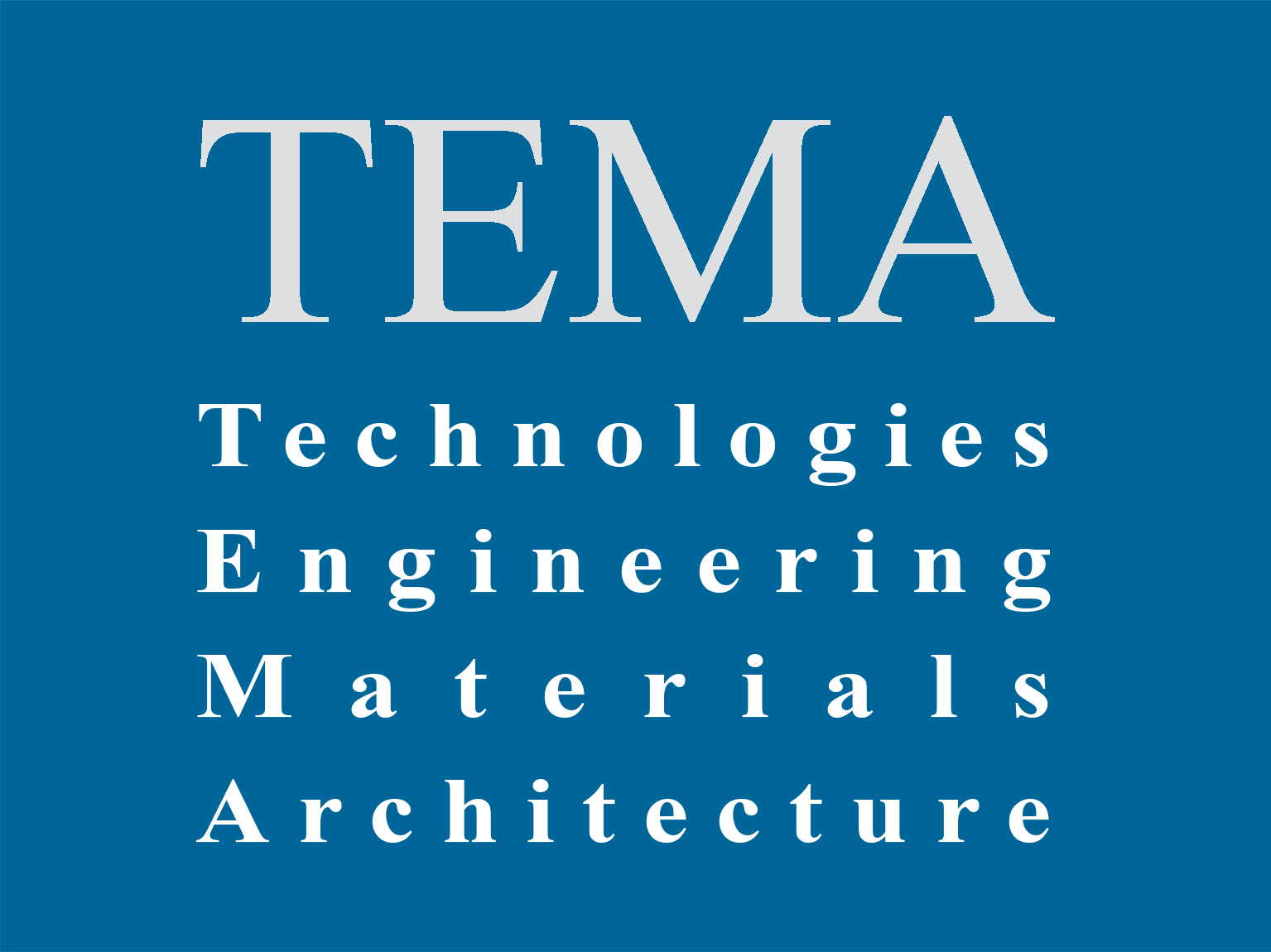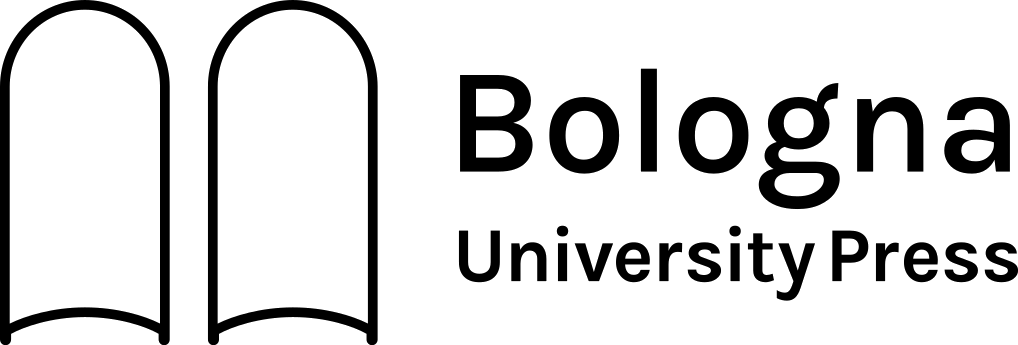In the ongoing race to reduce polluting emissions, a significant contribution is made by the introduction of intelligent building management systems. The European directive 2002/91 on energy performance in buildings already invited us to look at a new generation of almost zero energy buildings. Research in the field of multifunctional facades offers the opportunity to provide an immediate response to improving air quality and, at the same time, optimizing the use of resources. In fact, adaptive facades can be traced to one of the most effective strategies to efficiently manage the interactions between external and internal environments to maximize winter heating, summer shading and natural ventilation, sound insulation, daylight transfer, glare-free, and interior comfort for the occupants. Nowadays, adaptive enclosures are not only able to interact with the environment and the user but allow the energy needs of buildings to be reduced by integrating technologies to produce energy from renewable sources.
The contribution will present the latest developments of an innovative kinetic device for architecture, carried out by the University of Catania; it is the result of a multidisciplinary research project involving important local industrial companies. The component consists of a composite material substrate with integrated high-efficiency photovoltaic technology. The results shown below made it possible to evaluate the use of the designed component in light and stand-alone architectures, representing a valid solution to reduce the impact on the territory even in fragile contexts.
Acknowledgements
Thanks also to Meridionale Impianti S.p.A., and in particular to Eng. Antonio Astuti, for support in making the prototypes and the charging systems. Thanks to Eng. Serafino Risiglione for monitoring and collecting test data, and to NTET S.p.A. for the folding experiments of the composite fabric.
Funding
This research was funded by the project “eWAS – An early WArning System for cultural heritage—PON ARS01_00926 PNR2015-2020” by the Ministry of University and Research.
Author Contribution
Conceptualization, A.M. and G.R.; data curation, A.G.; formal analysis, A.M.; funding acquisition, V.S.; investigation, A.M. and G.R.; methodology, V.S. and A.G.; project administration, V.S. and G.R.; resources, V.S. and A.G.; supervision, V.S. and A.G.; validation, A.G.; visualization, A.M.; writing-original draft, A.M.; writing-review & and editing, G.R. and V.S. All authors have read and agreed to the published version of the manuscript.









